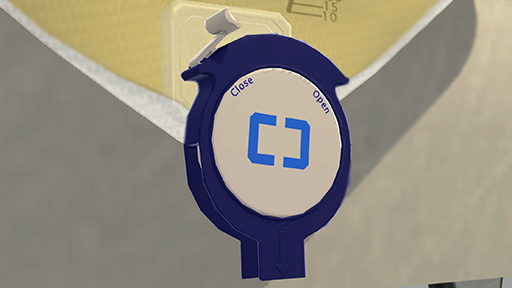Emptying a Urinary Catheter Drainage Bag
Clients who have an indwelling catheter are at risk of developing a catheter-associated urinary tract infection (CAUTI); the risk increases exponentially with the length of time the catheter is in situ. Bacteria enter the catheter system at the insertion site, the connection between the catheter and the drainage bag and/or through the drainage port on the drainage bag itself. Strict adherence to ANTT guidelines is fundamental in all episodes of catheter care including emptying a catheter drainage bag. Maintaining a closed urinary drainage system as much as possible is vital. This involves minimising unnecessary opening of the system and emptying catheter drainage bags frequently enough to maintain urine flow and prevent reflux.
Urinary bags are generally emptied when two-thirds full and/or every eight hours to monitor urine output and maintain client’s comfort and dignity. In critically ill clients, where the urine will be measured hourly, the bag often contains a urimeter. Urinary bags are changed weekly and when necessary (JBI 2013).
After emptying a catheter drainage bag, the nurse must document the amount and type of urine on the fluid balance chart and/or in the progress notes as per organisational guidelines.

